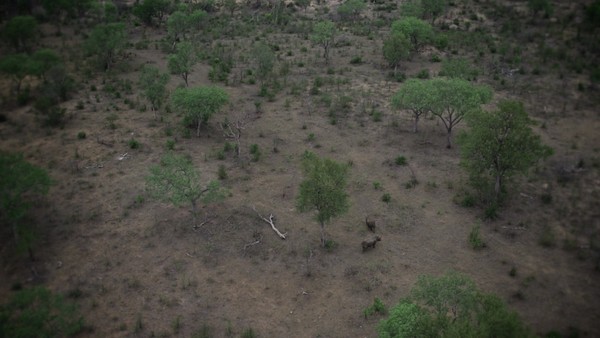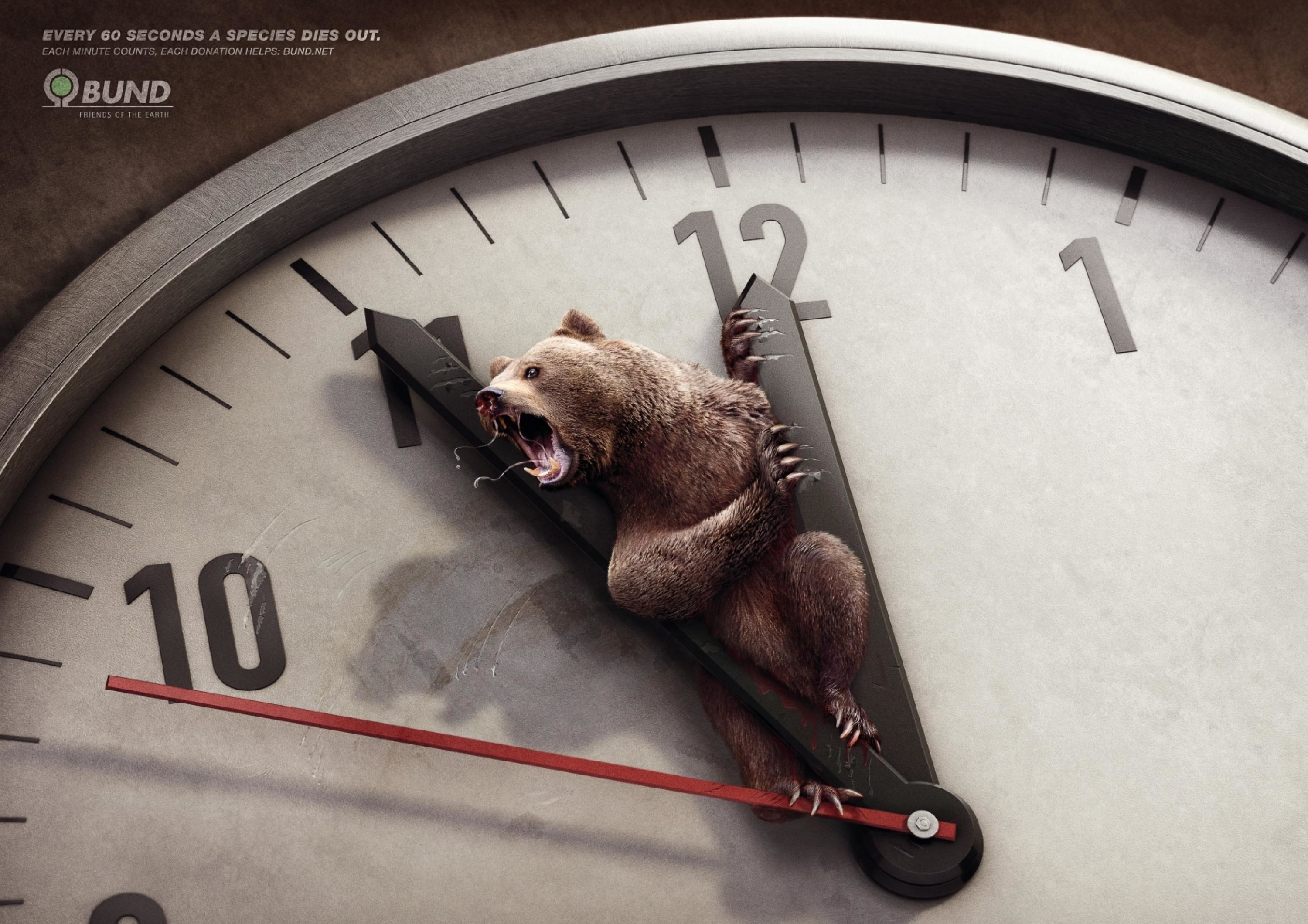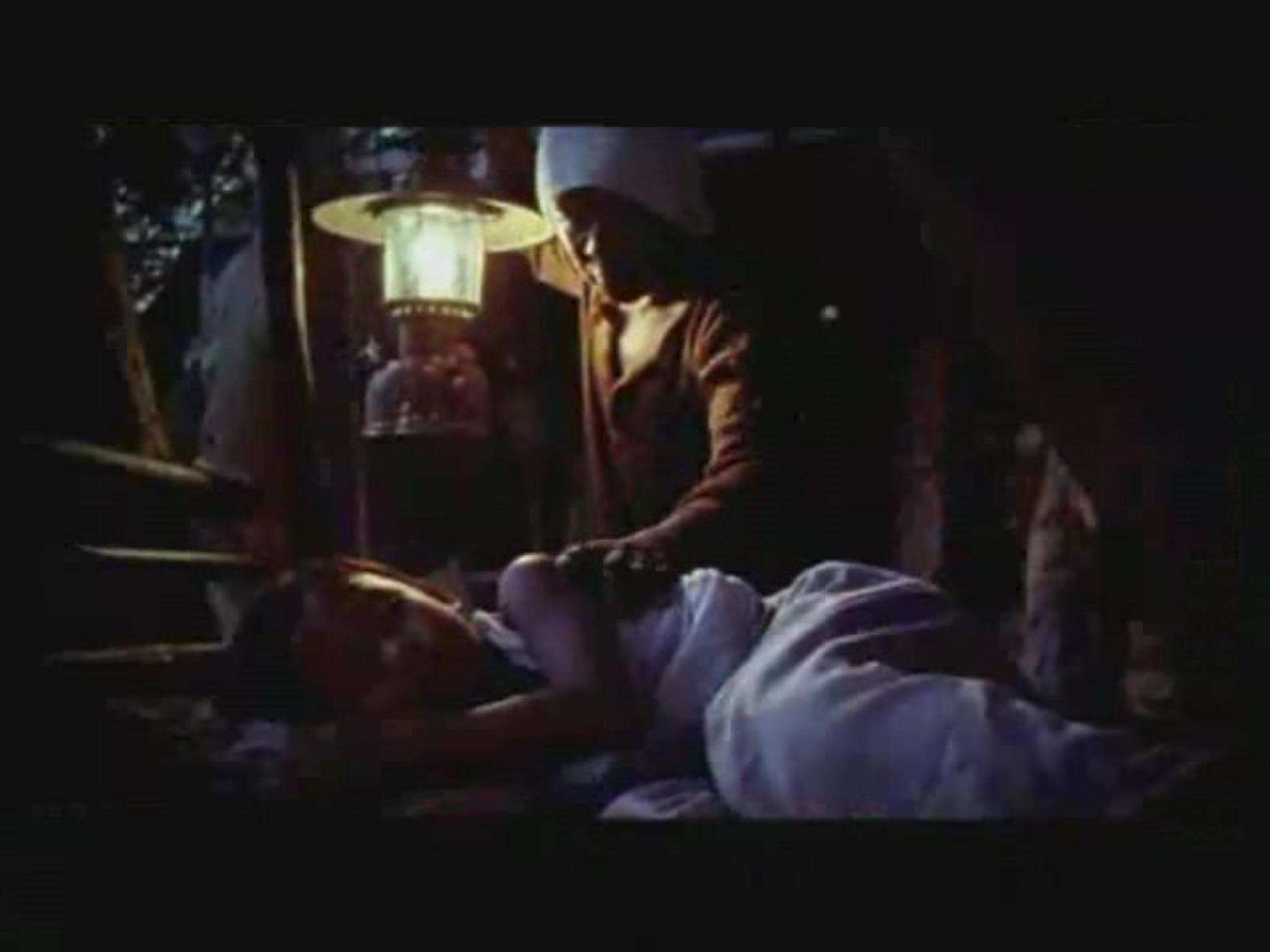Cannes Lions
SAVING AFRICA'S LAST WILD RHINOS, BY POISONING THEM.
OGILVY & MATHER VIETNAM, Ho Chi Minh City / RHINO RESCUE PROJECT / 2016
Awards:

Overview
Entries
Credits
OVERVIEW
Description
We understood the unfortunate reality that Vietnamese rhino horn consumers cared little for an endangered species, or the scientific fact rhino horn is identical to human fingernails. We realised their increasing consumption was based purely on perceived personal benefit.
OUR IDEA WAS TO DEVALUE RHINO HORN BY TURNING IT FROM A ‘PRICELESS’ STATUS SYMBOL INTO WORTHLESS POISON.
We collaborated with Dr. Lorinda Hern of Rhino Rescue Project to infuse South African rhino horns with a pyrethroid-based solution that’s harmless to rhinos – but if consumed by humans can induce nausea, vomiting, paralysis and potentially death.
Public health warnings were simultaneously launched to ensure every poacher, trader and buyer knew of the risks: Via a press conference that directly connected Vietnamese media to the horn treatments happening real-time in South Africa, and by plastering warnings throughout Vietnam.
We also rallied the international community for donations to extend the horn treatment program.
Execution
We used the poisoned rhino horns themselves as a tactic to directly influence national consumer behaviour against consumption.
Launching in April 2015 and with no media budget at all, we held an innovative Q&A press conference that allowed Vietnamese media to view the poisoning treatments happening real-time in South Africa, and have their questions answered live and direct by Dr. Hern.
Simultaneously, we plastered economical yet culturally effective ‘guerilla-style’ health warnings in targeted outdoor locations across Vietnam. While in online, we used targeted social media to further spread the message, and created the hashtag #cuutegiac (save the rhinos) as a more consumer-friendly way to allow the entire nation to get involved with activities of support.
Finally, we created a series of multi-lingual, educational print and digital collateral. These were also used to support crowdfunding activities that rallied the international community for donations to extend the horn treatment program.
Outcome
Our campaign proved controversial: Within a week of launch our website had been hacked and the socialist Government tried to ban our campaign, labelling it ‘divisive’.
Yet with no media spend, we’d already gained over 90 earned national articles with an estimated value of USD $130,000, and also attracted international attention. (While perhaps not significant compared to democratic countries, this result represented the most unpaid exposure any non-Government story has received in recent Vietnamese history.)
Bowing to public pressure, the Government (and local NGOs) soon joined us with their own campaigns educating against rhino horn consumption.
Since our campaign began… 600 traditional medicine practitioners signed a pledge against using rhino horn (T5G – National Center for Health Communication and Education).
And most importantly… fewer than 2% of treated rhinos have been poached (Dr. L. Hern, 2015) and Vietnam’s rhino horn consumption has since declined by 77% (Tuoi Tre Media, 2015)
Similar Campaigns
6 items



